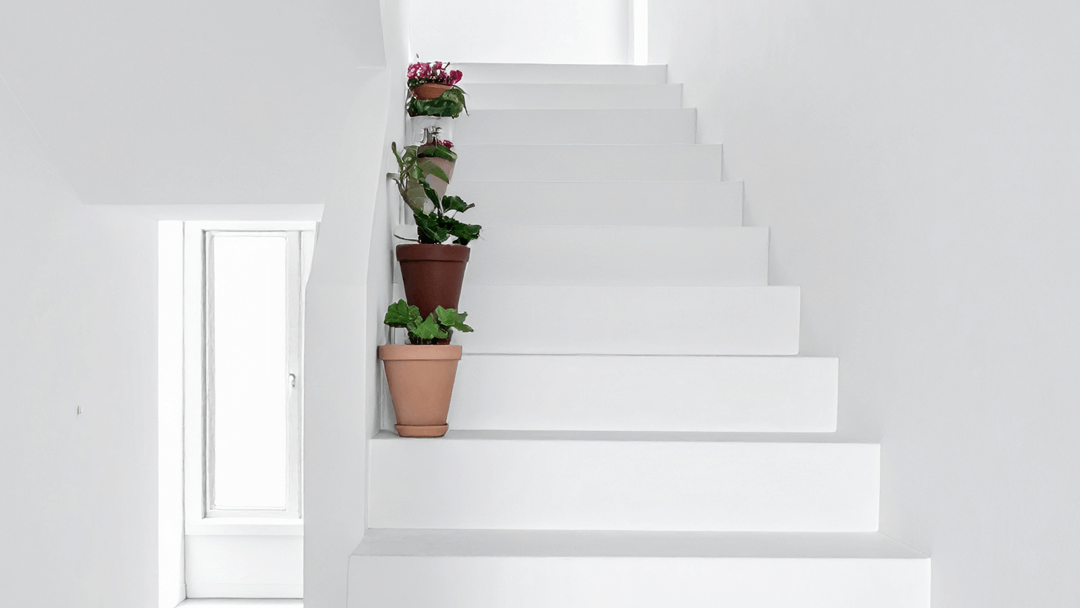| Mr Paint

A staircase is often the first thing you see when you walk into a Cheltenham period home. It’s not just a way to get from one floor to another-it’s a statement. Banisters, spindles, newel posts and handrails are architectural features in their own right. Painted well, they can transform a hallway from functional to spectacular. Painted badly, they can drag the whole house down. That’s why staircase painting isn’t a job to rush—it’s worth doing properly.
Why staircases deserve special attention
Unlike walls or even doors, staircases work hard every single day. Hands run up and down banisters, feet scuff spindles, and dust settles on every ledge. This constant wear means the finish must not only look beautiful but also stand the test of time. A quick coat of low-quality paint won’t last—it will chip, mark, and soon need redoing. Proper preparation, premium materials and careful application are non-negotiable.
As a specialist staircase painter in Cheltenham, I’ve seen how much difference a well-painted staircase makes to a home. It creates a lasting first impression, frames the hallway, and adds value far beyond the cost of the work.
Common mistakes with staircase painting
Plenty of people attempt a DIY staircase repaint, but there are a few pitfalls that regularly crop up:
- Skipping prep: Banisters and spindles often have old varnish or gloss. Without the right preparation, new paint won’t adhere.
- Wrong paint choice: Walls and woodwork aren’t the same. Staircases need durable finishes like satin or eggshell, not cheap matt paint.
- Rushed application: Spindles are fiddly. Thick coats lead to drips and uneven coverage.
- Poor colour choices: Bright white everywhere can feel flat. The best schemes combine contrast and depth.
Getting these things wrong not only spoils the look but also wastes time and money. Properly painting a staircase is about detail, patience and expertise.
Choosing the right colours
Staircases are an opportunity to be creative. A dark handrail against pale spindles adds drama. Painted treads in a deep, durable colour create a smart, contemporary feel. Fireplaces and alcoves often sit near staircases in Cheltenham homes—matching or contrasting colours can tie the spaces together.
Timeless colour schemes
- Classic: Soft white spindles with a deep charcoal or navy handrail.
- Contemporary: Neutral spindles with bold coloured risers.
- Period-inspired: Warm off-whites paired with heritage greens or oxblood reds.
If you’re unsure, I offer colour advice as part of my premium painting services. The goal is always to highlight the architecture while suiting your lifestyle and taste.
Finishes that last
Staircases take a beating, so finishes must be chosen with care. High-gloss can feel dated and unforgiving; instead, satin or eggshell offers elegance with durability. On treads and risers, scuff-resistant paints are a must. Premium brands such as Little Greene and Farrow & Ball provide heritage colours with hard-wearing formulations perfect for staircases.
The process: why it takes time
Clients often ask why staircase painting takes longer than expected. The answer is simple: detail. Every spindle, rail and post needs careful attention. Cutting corners leads to drips, rough edges and short-lived results.
My three-step staircase painting process
- Preparation: Surfaces are cleaned, filled where necessary, and primed to ensure strong adhesion.
- Painting: Premium paints are applied in thin, even coats to create smooth coverage and crisp lines.
- Finishing touches: Careful checks, corrections and a tidy clean-up leave your staircase ready to enjoy.
Each stage is designed to deliver durability and style. It’s not about rushing-it’s about getting it right the first time.
Safety and practicalities
Working on stairs comes with challenges: uneven surfaces, awkward angles and the need to keep areas usable during drying times. That’s why hiring a professional matters. With the right planning, I ensure the staircase is painted efficiently, safely, and with minimal disruption to your household. For more on safe decorating practices, HSE guidance is a useful resource.
The value of a properly painted staircase
A well-painted staircase does more than look good. It:
- Increases kerb appeal: First impressions count when guests walk in—or when you sell.
- Protects woodwork: Good paintwork shields against everyday wear.
- Adds cohesion: Ties together hallways, landings and adjoining rooms.
- Elevates the whole house: It’s a focal point, not an afterthought.
DIY vs. professional painting
Yes, you can tackle a staircase yourself-but it’s fiddly, time-consuming, and unforgiving. Missed drips or uneven coats will be visible every day. By hiring a professional, you’re investing in a finish that lasts years, not months. It’s the difference between “good enough” and “flawless.”
Final thoughts
Staircases are at the heart of Cheltenham’s period homes. Done right, painting them elevates the entire property. Done badly, it undermines even the smartest renovations. That’s why staircase painting is worth doing properly-with care, premium materials and professional attention to detail.
Ready to Transform Your Staircase?
I specialise in staircase and banister painting in Cheltenham. Whether you’re restoring a period feature or modernising your hallway, I’ll deliver a flawless finish designed to last. Request a personalised quote today and give your staircase the attention it deserves.